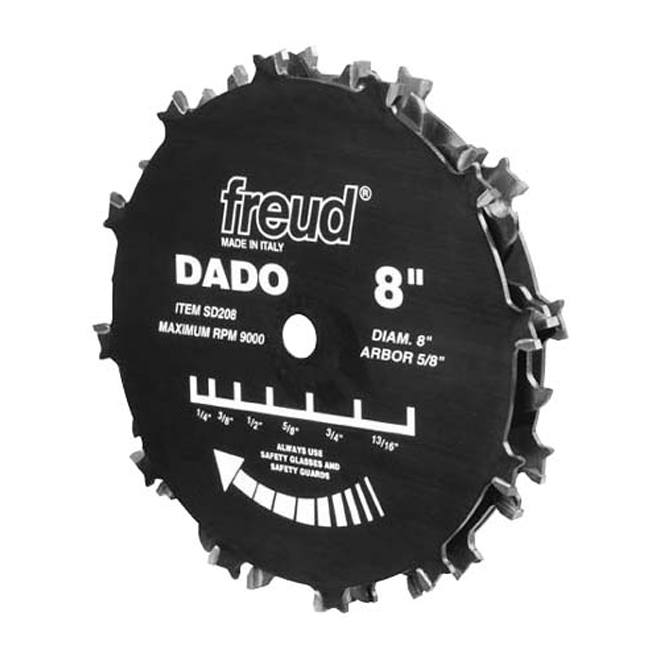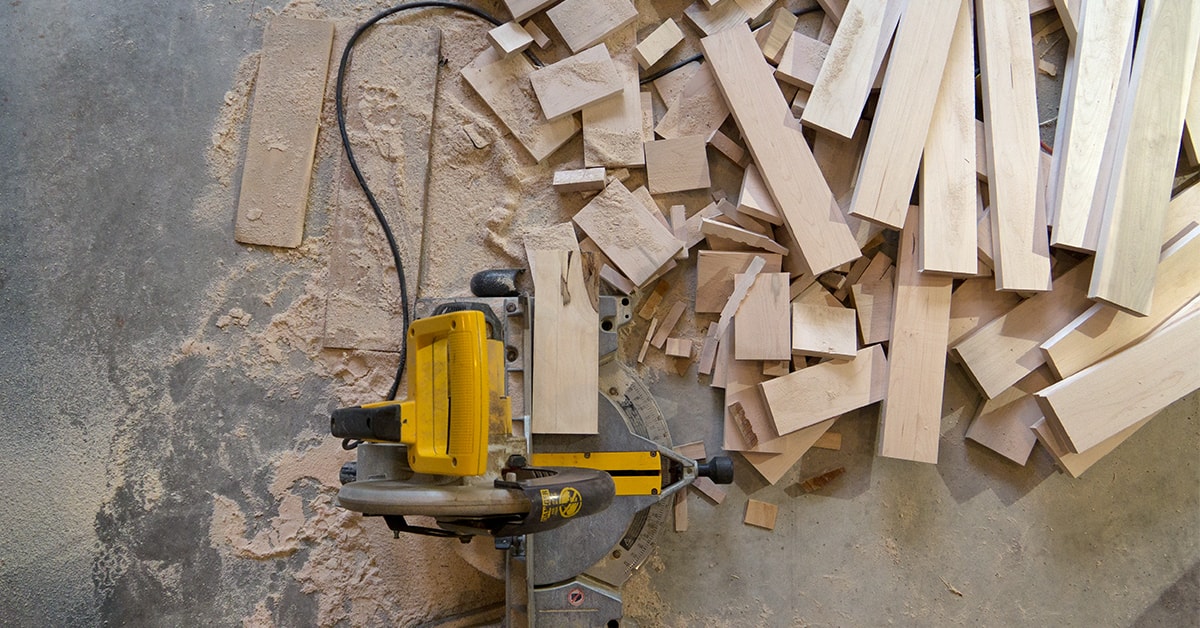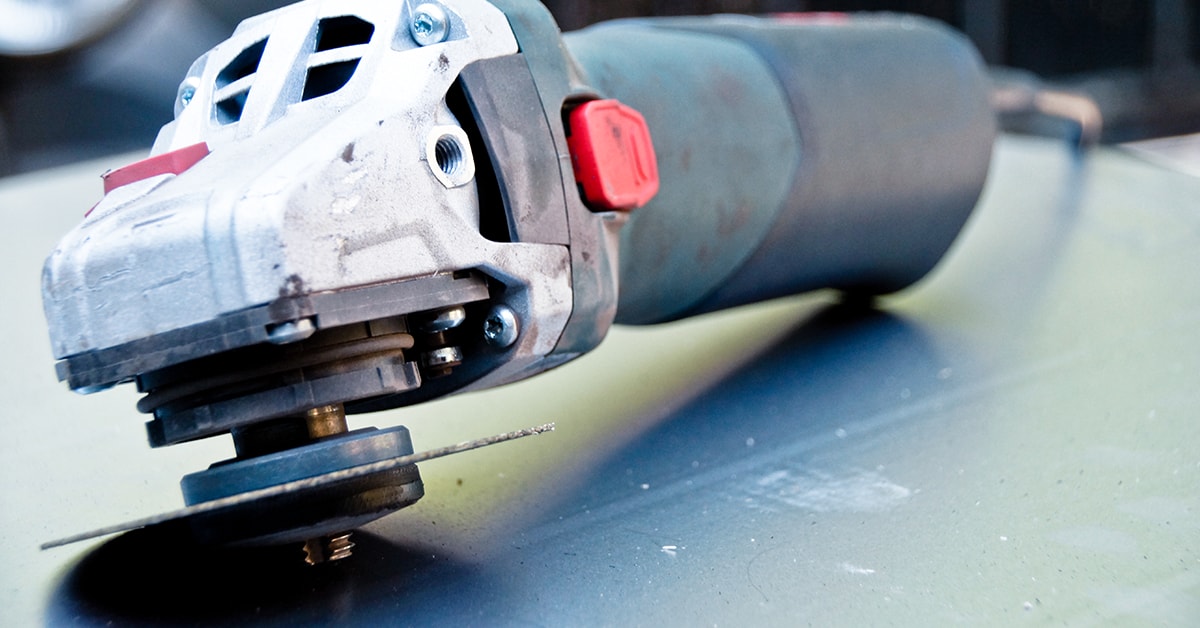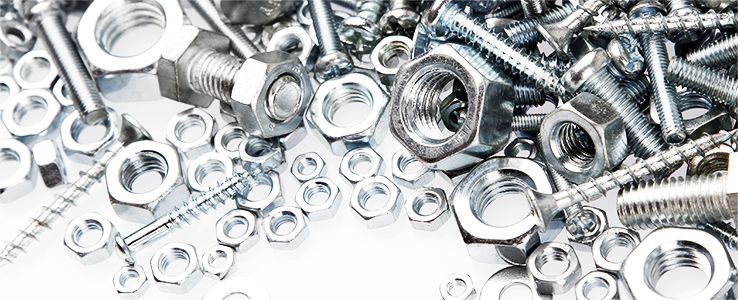Selecting the right saw blade for your needs
- What type of saw are you using? Circular saw, table saw, mitre saw, or radial saw?
- What type of material are you cutting? Wood, plywood, metal, pressed wood, or MDF?
- What type of cut are you making? Lengthwise (rip) or across the grain (crosscut)?
- What is more important? Quality of finish or cutting speed?























